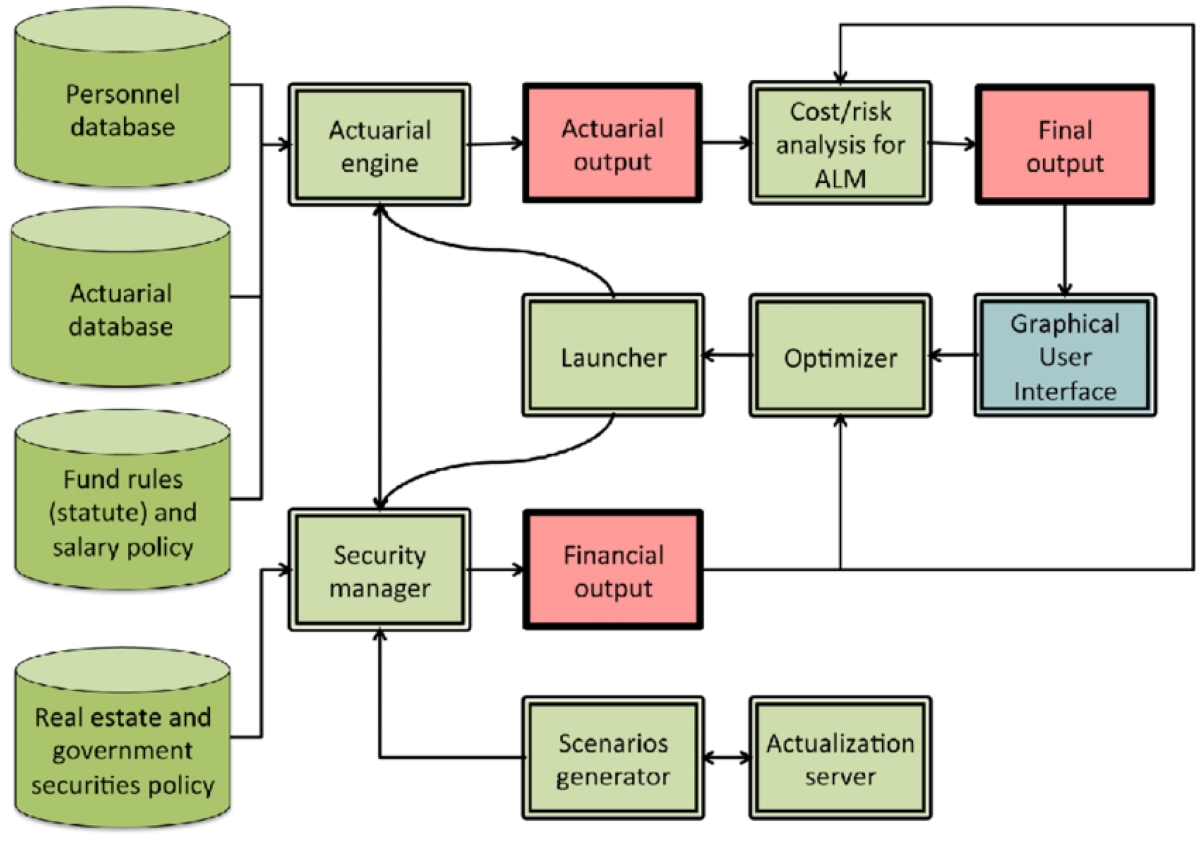Home>Finance>Cash-and-Carry Trade: Definition, Strategies, Example


Finance
Cash-and-Carry Trade: Definition, Strategies, Example
Published: October 24, 2023
Learn about the cash-and-carry trade in finance and explore its definition, strategies, and example. Enhance your understanding of this profitable investment strategy
(Many of the links in this article redirect to a specific reviewed product. Your purchase of these products through affiliate links helps to generate commission for LiveWell, at no extra cost. Learn more)
Cash-and-Carry Trade: Definition, Strategies, Example
Welcome to our Finance category! In this blog post, we will delve into the intriguing world of cash-and-carry trade. If you’ve ever wondered what cash-and-carry trade is, how it works, and how you can make use of it to grow your investment portfolio, you’ve come to the right place. So, let’s explore this financial concept together!
Key Takeaways:
- Cash-and-carry trade is an investment strategy that involves buying a financial asset, such as stocks or commodities, and simultaneously selling a related derivative contract to profit from the price difference.
- This trading strategy aims to take advantage of market inefficiencies by exploiting discrepancies in the pricing of the asset and the related derivative contract.
Now that we have our key takeaways in mind, let’s delve deeper into the world of cash-and-carry trade.
What is a Cash-and-Carry Trade?
A cash-and-carry trade is a financial strategy that involves simultaneously buying an asset (such as stocks, commodities, or currencies) and selling a related derivative contract (such as futures or options) to capitalize on the price difference between the two. The concept behind this trading strategy is to arbitrage the pricing discrepancies that may arise between the asset and its derivative contract.
In a cash-and-carry trade, an investor will typically buy the asset in the spot market using borrowed funds or their own capital. At the same time, they enter into a short position in the derivative contract that tracks the value of the underlying asset. By doing so, the investor aims to lock in a profit based on the price difference between the asset and the derivative contract.
Strategies for Cash-and-Carry Trades
There are several strategies that investors can employ when engaging in cash-and-carry trades. Here are a few notable ones:
- Convergence Trading: This strategy involves identifying situations where the price of the derivative contract is expected to converge with the price of the underlying asset. Traders would take advantage of this price movement to profit from the price difference.
- Calendar Spread: In a calendar spread, traders take advantage of the price difference between two derivative contracts of the same asset with different expiration dates. By entering into a long position in the near-month contract and a short position in the far-month contract, they aim to capitalize on the price differential between the two contracts.
- Inter-Exchange Spread: This strategy involves taking advantage of price discrepancies between the same derivative contract traded on different exchanges. Traders would buy the contract on the exchange with the lowest price and simultaneously sell it on the exchange with the higher price.
- Triangular Arbitrage: Triangular arbitrage is a strategy that involves exploiting pricing discrepancies between three different but related assets or exchanges. Traders simultaneously buy and sell these assets to profit from the price differences.
Example of Cash-and-Carry Trade
Let’s take a hypothetical example to illustrate how a cash-and-carry trade might work:
Imagine there is a stock called ABC trading at $100 in the spot market. The related futures contract for ABC has an expiry date one month from now and is priced at $105. An investor could execute a cash-and-carry trade by buying the stock for $100 and simultaneously selling the futures contract for $105.
If, at the expiry of the futures contract, the price of ABC in the spot market is $110, the investor would make a profit of $5 per share (the difference between the spot price and the futures price). However, if the spot price of ABC is lower than the futures price at expiry, the investor may incur a loss.
It’s important to note that cash-and-carry trades involve risks, such as market fluctuations or counterparty risks. It’s essential to conduct thorough research and seek professional advice when considering this trading strategy.
In Conclusion
Cash-and-carry trade is a fascinating investment strategy that enables traders to capitalize on price differences between assets and related derivative contracts. By understanding the concept, employing suitable strategies, and managing associated risks, investors can potentially create profitable opportunities in the financial markets. Remember, though, that successful trading requires skill, knowledge, and thorough analysis. So, if you’re considering cash-and-carry trade, always do your due diligence to maximize your chances of success!














